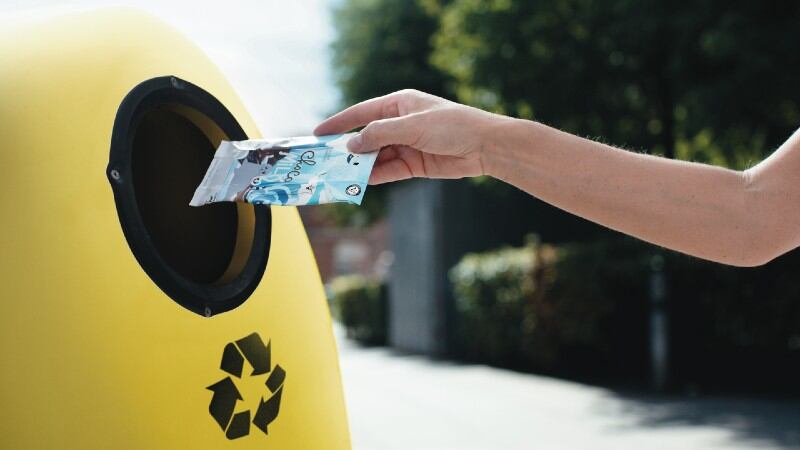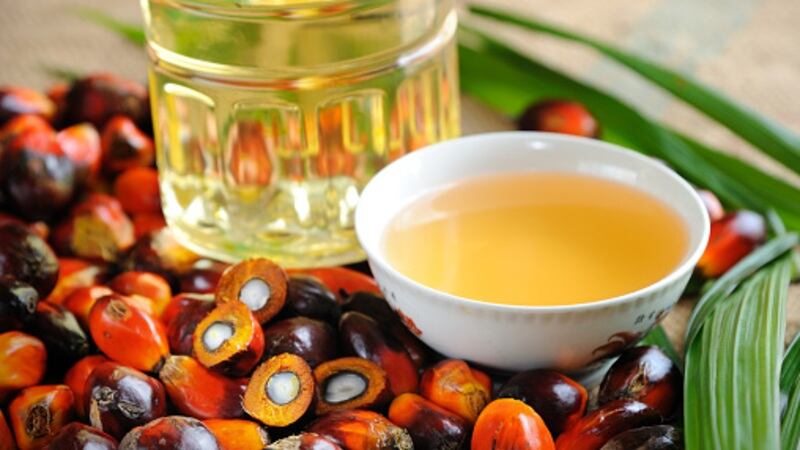Many ASEAN countries have recently been facing repeated waves of high COVID-19 case numbers and the constant entering and exiting of lockdowns – as of time of writing, Malaysia is averaging over 17,000 cases daily, Philippines over 19,000 cases, Thailand over 13,000 cases, Indonesia over 3,000 cases and even countries which seemed to be doing well initially have been seeing rises such as Vietnam which now averages over 10,000 and Singapore which hit the over 1,000 mark recently.
These rising numbers have brought with them rising uncertainty for businesses, including food and beverage companies with plans to expand to ASEAN or even just to start exporting into the region, with many wondering whether to proceed or wait out the storm. But according to ASEAN Food and Drinks Exporters Forum Chair and F&B consultancy firm INCITE Director Cameron Gordon, waiting it out may only result in the loss of major opportunities.
“There is undoubtedly a level of disruption in all markets due to COVID-19, with importers and distributors especially likely being unwilling to buy any product until they can secure commitments from retailers to buy these – but the fact is, they will still need to import and distribute to keep going or they would be in trouble too, so operations will still need to go on one way or another even in countries where COVID has crushed business,” he told FoodNavigator-Asia.
“For food and grocery products especially, there are still so many opportunities open right now if brands can get their entrance strategy right and engage the right local partners, especially as there’s been so much growth in grocery sales since COVID-19 hit.
“So for any brands thinking to enter the ASEAN market to grow their business right now, my advice is really to go ahead as long as you have a clear understanding of the market dynamics – just because your brand has done well in the US or Australia does not mean this can be replicated here, or even if it did well in Singapore it might not do well in Malaysia or Thailand.”
He added that the reasoning behind pushing forward even with COVID-19 risks is that the ASEAN market is one that takes time to grow, and starting earlier is always better.
“If COVID-19 is the only reason preventing you from entering this market, then it really shouldn’t be, because for this region it is necessary to plant seeds and work through a robust process to start entry, do groundwork and gain trust – process that needs a lot of patience and effort and long-term investment, so it’s not a quick sale and should be started early on, even now, if ASEAN is a key target market,” he said.
“So reaping the rewards from focusing on this region may be a bit slower, but are well worth the wait – ASEAN is one of the fastest-growing regions worldwide, with rising consumer spend, increasing demand for better quality products and western products, and importantly, there’s a lot of diversity in the markets here.
“There’s Singapore which is sophisticated, mature, with a high spending power and very prone to western food products which brands looking for faster returns and acceptance can target; as well as more mass markets such as Indonesia with some 270 million people who may not all be able to afford imported products right now, but is already seeing incomes rising so the opportunities are really huge here and would be a prime target for brands willing to wait for large, long-term returns.
“The Philippines, Thailand and Vietnam are also all rapidly growing economies with consumer populations worth the wait for.
“All in all, I would still say going ahead and not retreating from the market due just to COVID-19 is really the way to go at this point for F&B brands, especially for those with their eye on the long-term, big prize.”
Where to target
Gordon also highlighted that firms would do well to choose target entry points in the region based on their goals and products to achieve the best results.
“If you’re a brand that is completely new to the region and need to build up the name, then presence in Singapore is very important as it’s like a regional exhibition space where other countries tend to look to even in normal times,” he said.
“For more premium products you’d be looking at places with higher spending power like Singapore or Malaysia, but for volume products that are acceptable quality and more competitively priced you’d want to look at markets with bigger populations like the Philippines, Indonesia or Thailand – it would be important to localize products to be relevant to local consumers though.”
As for ingredients firms selling to either foodservice or manufacturers, Gordon stressed that the opportunities in ASEAN currently lie in the replacement space, but not new product development.
“For those selling to foodservice, hotels or cafes would likely be unwilling to make significant changes to their menus at this point so new products would be less popular – but if you have a product, say a cheese, which is higher quality yet cheaper than what they are using now, then you might be able to replace their old supplier,” he said.
“For those selling B2B ingredients to manufacturers, the idea is much the same – these brands will need to keep manufacturing due to the growth in grocery sales so will keep making their products, but due to lockdowns it has gotten harder for them to do R&D to create new products so they are less likely to be interested in new ingredients unless it fits a specific need.”
Won’t change too much
Looking forward to a post-COVID-19 era, Gordon expressed doubts that things will change much in ASEAN trade-wise even when the pandemic is over.
“People tend to go back to their old habits so I don’t think things are going to change that much actually, the pros and cons of each market are likely going to remain the same,” he said.
“If some countries could sort out their teething issues e.g. regulatory roadblocks in Thailand, Indonesia or Philippines where there are harsh processes in place for those importing in for the first time, then there would be a lot more opportunities post-COVID – but it doesn’t look like that is happening just yet.
“Even for the online shopping trend, a lot of people thought that the entire distribution chain would change to be more online due to the pandemic, but the fact is that a lot have done so but the majority of people still buy from supermarkets – so I would say though I would hope for a lot more opportunities to emerge, it does not yet seem that things will shift too much after this.”





